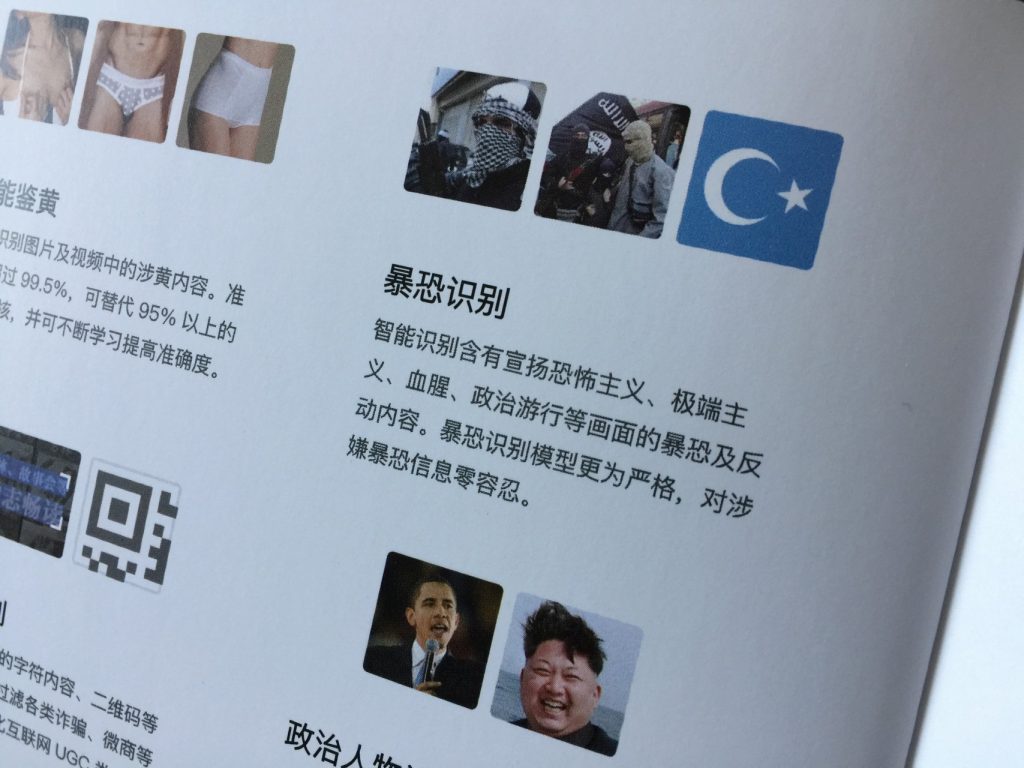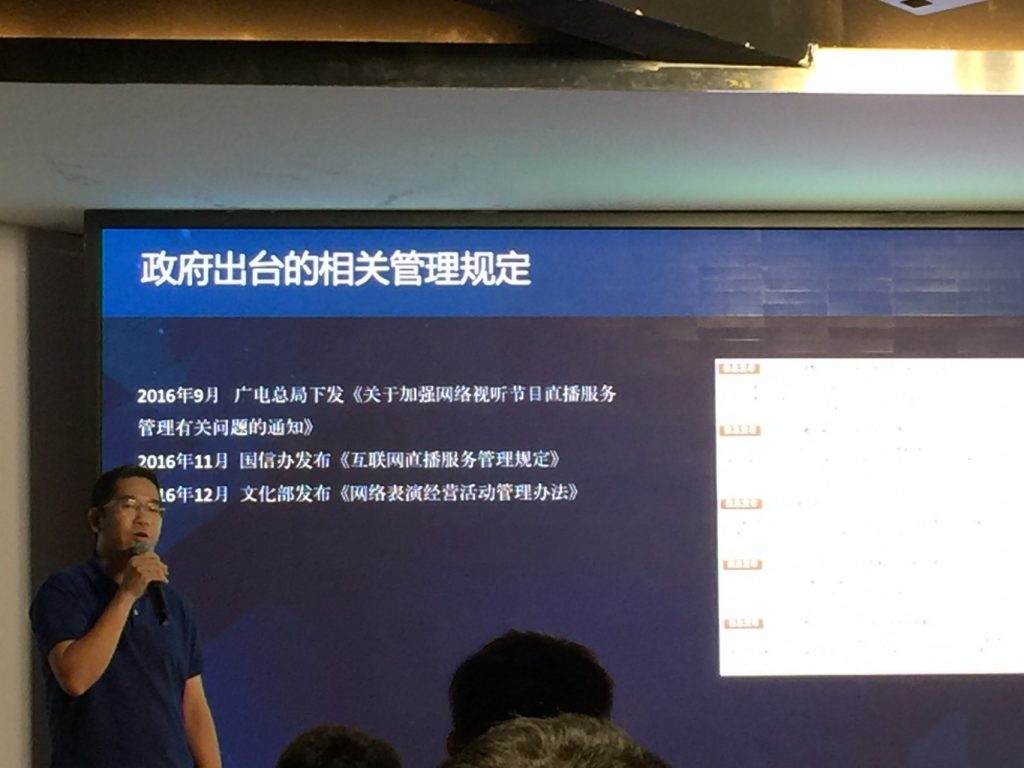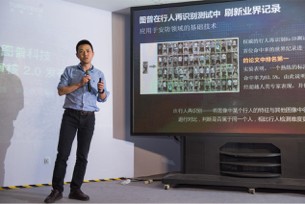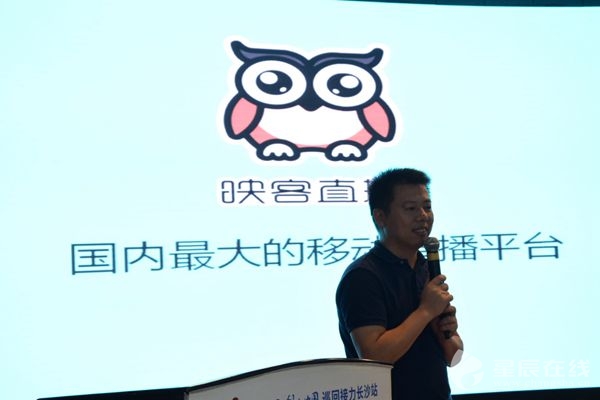Updates to the monitoring system of Chinese tech firm Tuputech now allow for real-time scrutiny of video such as live streaming. Partners in the industry speaking at the launch event for Tuputech 2.0 talked about how it could help them be even stricter than current government regulations call for.
Tuputech has already been helping social media, and online companies understand the content of images being shared on their platforms. It processes a billion images a day for the likes of Jinri Toutiao and Blued, filtering out over 95% of any illegal content posted to the platforms.
But, as the Chinese government makes ever stricter demands on what can and cannot be shared, people are communicating in ever more ways such as short videos and live streaming. Since July 2016, the government has imposed several rounds of regulation, warnings, and periods of tight scrutiny of video sharing live streaming platforms. Now video clients such as Bilibili, iQiyi, and Musical.ly are using its AI-based video filters.
Video and live streaming analysis
At an event in Beijing with the theme “High removal, low vulgarity, understanding video” on May 29, Tuputech’s CEO Li Mingqiang, a founder of WeChat, and partners talked about the difficulties facing video platforms and how tech is helping to keep ahead of users trying to abuse the products.
The software also helps with other aspects of content management such as real name registration and even matching the person appearing in the video to the ID of the registered user.
The algorithms are tailored to each client. The various video platforms carry different types of content aimed and created by different user bases. Perhaps the most noticeable difference is between apps popular in the most cosmopolitan cities compared to smaller, less developed towns and cities. The filtering is becoming increasingly sophisticated for each platform and is forming a “Sky Net” (天网), a term given to China’s smart surveillance camera network.

Examples of offending content that the system can detect in photo and videos. (Image credit: TechNode/Frank Hersey)
The updated systems not only recognize faces in the video but can determine facial attributes such as gender, age, expression–and attractiveness. Scoring systems for attractiveness are becoming more popular in apps in China with Microsoft’s XiaoIce becoming more discerning. It can also detect the faces of celebrities.
Beyond identifying the person, Tuputech’s algorithms detect and define actions and whether they should be blocked. For example, if someone is dancing in front of a camera for their live stream audience, at what point does the dancing cross the line to become “inappropriate”? There’s an algorithm for that.
The software can also detect and assess actions such as eating (there is a lot of this in Chinese video entertainment), but also anything inappropriate including smoking. Video analysis can determine the location, objects in the room, items related to crime or terrorism such as people wearing face masks (but not for pollution) or banned flags. People’s hand gestures are recognized and monitored.
Keeping up with regulation
Speaking at the event, Chen Taifeng, vice president of Yixia Keji which operates Miaopai, explained how his company had helped face the “big pressure” of recent government requirements on live streaming, joking that content safety workers hair went white because of them.

Chen Taifeng of Yixia Keji explains some of the regulation facing the industry. (Image credit: TechNode/Frank Hersey)
The software allows his company to be compliant far more cheaply, though he admitted that they didn’t find as much offensive content as they were expecting. Chen also spoke of the importance of learning about what people are doing and maintaining blacklists for content. He used the example of a Chairman Mao impersonator being brought on stage at a blockchain event in Hainan. They could see from their backend that only a few images and videos of this event got out through their platforms and if the type of image were added to the database, they “could 100% have been removed.”
“We should go broader and wider than the government’s requirements for content checking,” said Xiuse Entertainment’s Zhou Gaoqin, who also spoke of the need to monitor messages between users as well as any video generated.

Zhou Gaoqin of Xiuse Entertainment explains how he hopes the industry can go beyond the requirements of the regulation. (Image credit: TechNode/Frank Hersey)
Many of the updates are aimed at informing content quality for the platforms. Simple measures such as detecting whether no one has been in front of the camera for a while can shut off a stream or judge whether the lighting or focus is off.
But the algorithms can also detect and assess the clothes people are wearing and the brand of cars appearing. Categories can be created for example classifying whether the host is “sexy” or a “glasses girl.”
-This article originally appeared on TechNode.









